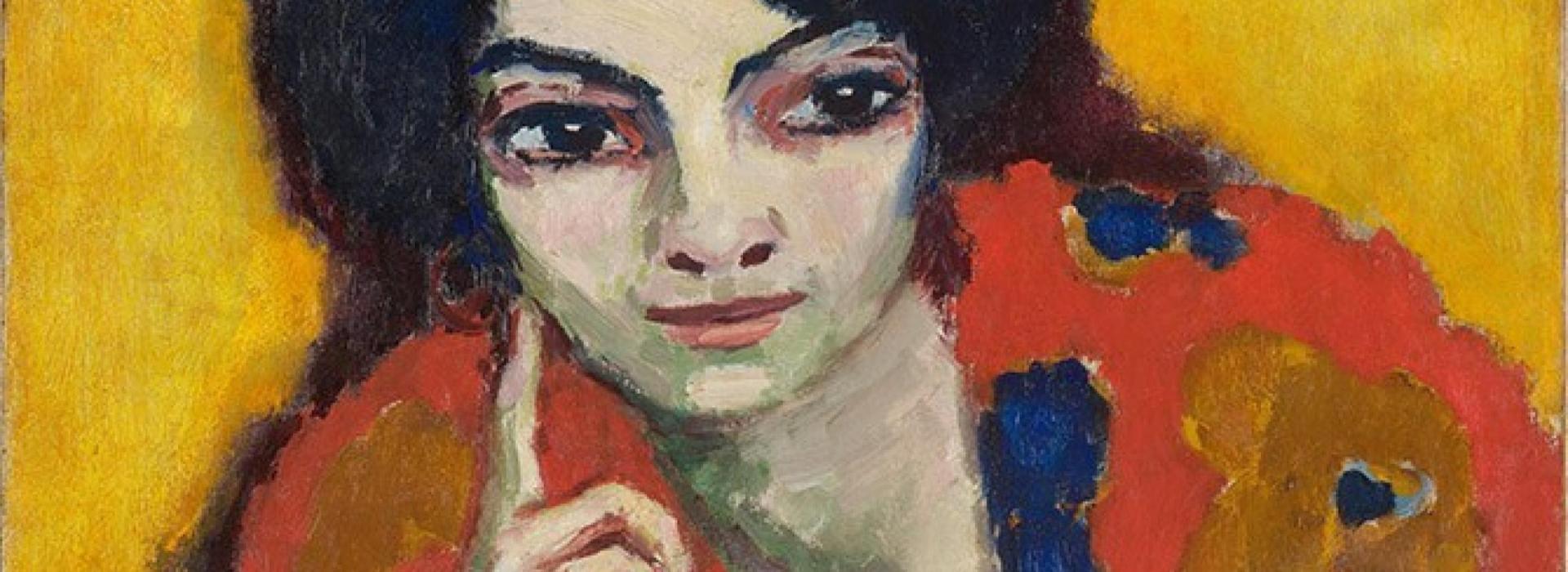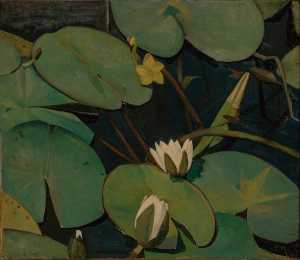Different Perspectives
The museum wants to make the nineteenth-century works (1870-1914), which besides paintings and sculptures include some 4,500 works on paper, more accessible in the collection online and in an online collection catalogue. As part of this, the museum wants to give greater exposure to less well-known artists and create greater scope for viewpoints other than the standard stories about the collection.
One interesting theme, for example, is the undervalued importance of female collectors and donors in the collection. There are more than twenty women among the donors, each with a story to tell. The nineteenth-century collection contains works by some ten female artists, including Julie de Graag and Thérèse Schwartze. A modest number compared with male artists, but well worth investigating in greater depth.
The museum also recognizes the importance of a more diverse perspective, for example by looking at the artist’s origins, religion and sexuality. In future this will make it easier for a broader cross-section of the public to identify with the stories and artworks.


























